Experts: Cash incentives in climate bill could revolutionize US homes, 1 HVAC at a time
When key Senate Democrats agreed to a landmark $485 billion climate and health care bill last week, they gave it a name to match kitchen table conversations taking place across the country: The Inflation Reduction Act of 2022.
But for Ari Matusiak, CEO of Rewiring America, a Washington, D.C.-based nonprofit promoting home electrification and efficiency, the bill is really about everything else inside U.S. homes: the gas-burning stoves, old water heaters, outdated wiring, even the drafts pushing through windows.
If the law is passed, Matusiak calculates, tens of billions of dollars, perhaps $100 billion, will go toward an unprecedented effort to make millions of homes more energy-efficient.
For most individual homeowners, that could take the form of thousands of dollars in annual incentives to purchase the most energy-efficient appliances and technologies. Payouts could range from $14,000 for a whole-house retrofit to thousands of dollars for high-efficiency water heaters and HVAC units to hundreds for windows, doors, and insulation.
Many of the funds would renew annually over the next decade, meaning homeowners could stack numerous projects year-over-year, ultimately receiving thousands upon thousands of dollars to transform their homes.
The end game? A revolution of what powers daily domestic life in the U.S.
“What you are witnessing is the ground floor of a market transformation,” Matusiak said. “It will have a significant influence over shifting the U.S. from being a fossil-fuel-based operating system to being a clean-energy, electrification operating system.”
More: 'Inflation Reduction Act': What you need to know about major effort to fight climate change
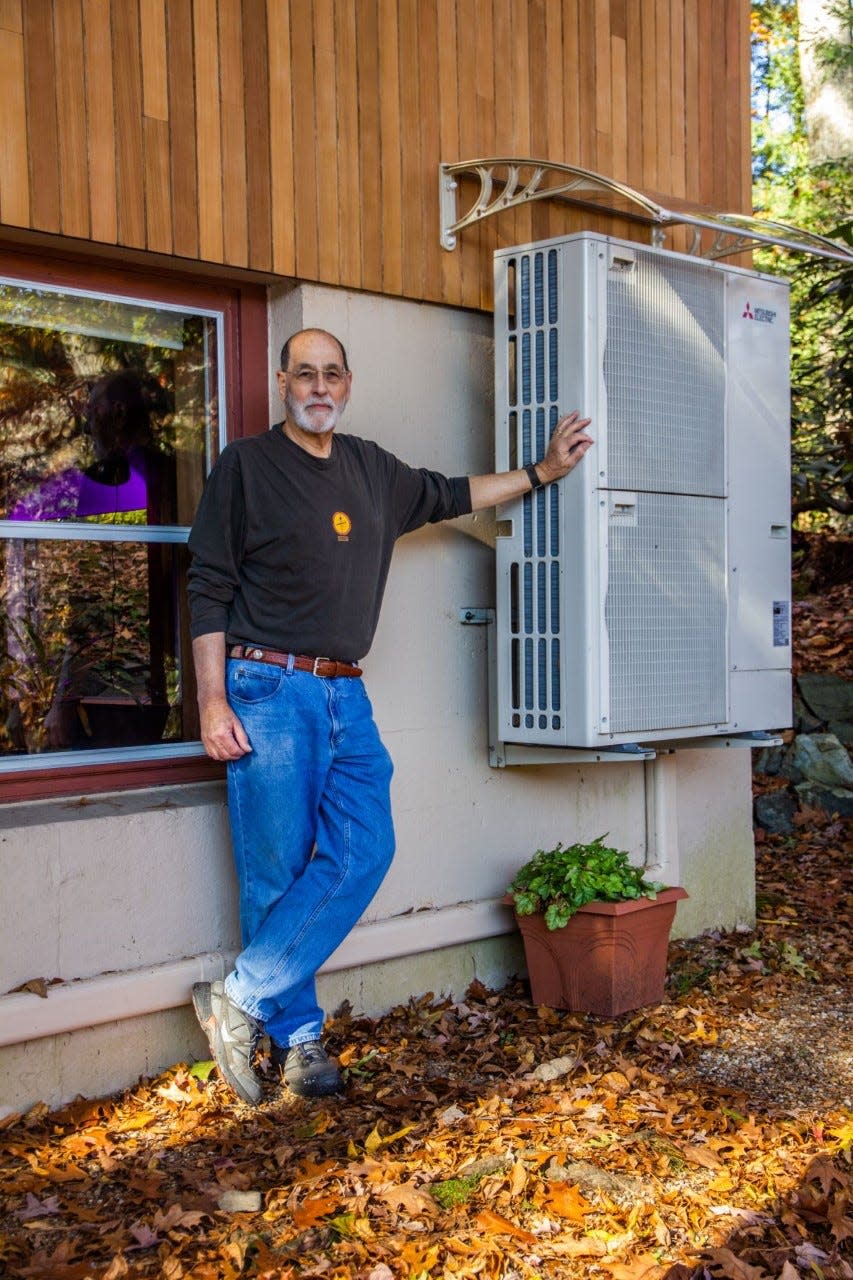
Experts say such electrification is necessary to slow climate change. The International Renewable Energy Agency calculates that converting fossil-fuel-based vehicles, appliances and infrastructure to electricity accounts for about 20% of the needed greenhouse gas emission reductions to stave off the most dangerous scenarios for the planet. Increasing efficiency across these and other sectors accounts for another 25%.
More: Red voters for green energy? Conservatives say they support solar and wind power too
Electric appliances are much more energy-efficient than those powered by natural gas or oil, said Kevin Kircher, an electrification researcher at Purdue University. Even if a home's electricity comes entirely from a natural gas power plant, electric devices still use 1 to 3 times less energy than if the gas had been burned inside the home.
“It's better to burn natural gas at the power plant and then use the electric to run (appliances),” Kircher said.
The math gets even better as the power sector ramps up its use of renewable energy sources and homes weatherize and decrease overall energy demand, both objectives also supported by the Inflation Reduction Act. Ultimately, the bill could reduce U.S. greenhouse gas emissions by up to 41%, the nonprofit Energy Innovation calculates, putting the country within striking distance of its goal to cut total emissions in half.
Advocates say electrifying homes also comes with a host of additional benefits: cheaper energy bills, more comfortable living spaces and fewer harmful byproducts of gas burning.
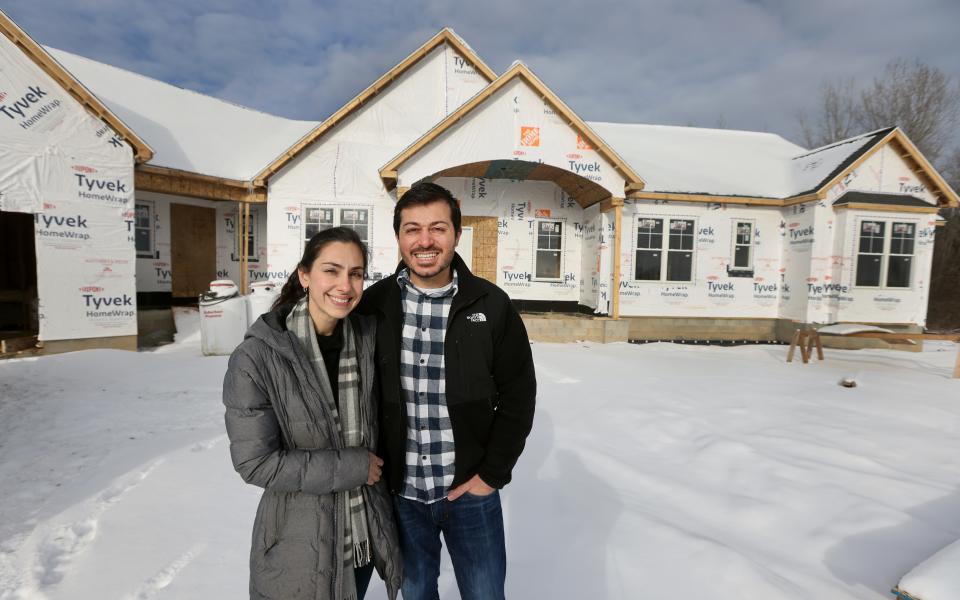
But obstacles to home electrification remain.
Advocates are anxiously awaiting word from U.S. Sen. Kyrsten Sinema, an Arizona Democrat whose vote may be essential to passing the bill and has previously objected to some provisions. And even if the bill becomes law, immense logistical challenges loom.
The bill's billions of dollars in investments alone are not enough to guarantee a transition, said Panama Bartholomy, executive director of the Building Decarbonization Coalition, which works to electrify businesses and homes. Many of those dollars would flutter down through the federal bureaucracy and into smaller agencies set up in each of the 50 states. Regulators will have to write new rules. Cities and counties may need to rewrite building codes. Potential snags await at each level.
And electric stoves don't install themselves. Bartholomy worries that the nation's cadre of home contractors may be too small and too unfamiliar with newer technologies to hit the ground running. He sees a need to send more students to vocational schools to learn the tech and replace an aging workforce.
“It's not just about the money,” Bartholomy said. “We need to match it with a whole bunch of market changes. ... The big question now is, do millennials and zoomers (Generation Z) want to work in attics and crawl spaces?”

What could be
Despite the challenges, the energy for the bill is palpable among advocates.
“It includes the largest investments in history for energy efficiency,” said Lowell Ungar, federal policy director for the American Council for an Energy-Efficient Economy in Washington, D.C. “The bill is designed to make it easy to be green.”
Most advocates see nearly $10 billion going toward home appliances and retrofits, either in the form of rebates or tax incentives. In either case, the effect is similar: A homeowner invests in a new appliance or home weatherization solution and receives hundreds or thousands of dollars back.
Among the most tantalizing:
$2,000 a year for electric or natural gas heat pumps for water or space heating.
Up to 30% off rooftop solar panels, geothermal heat pumps and other renewable energy solutions.
$2,500 a year for electric panel or wiring upgrades.
$1,600 a year for insulation or air-sealing.
$840 for stoves, ovens and heat pump clothes dryers.
$600 a year for new windows.
$500 a year for doors.
$150 for home energy audits.
$5,000 a year for residential developers to build high-efficiency homes.
The rebate program also sets aside robust funding for low-income households, defined as those earning less than 80% of the area's median income. Such homes could be eligible for up to $14,000 in rebates, Matusiak said, including up to $8,000 for heat pump installations and thousands for appliances, insulation and wiring upgrades.
More: Green energy is great for fighting climate change. Not using it is even better.
Matusiak's group calculated the rebate program could be enough to electrify 1 million low- and moderate-income homes. But the tax incentives, for which funding has not been fully calculated, could impact millions more. And other efforts, such as a U.S. Department of Energy Loan program, could spur tens of billions of dollars of investments toward clean-energy technologies.
The final investment could break $100 billion, Matusiak calculated.
“I would describe it as market-tilting in its impacts,” Matusiak said.
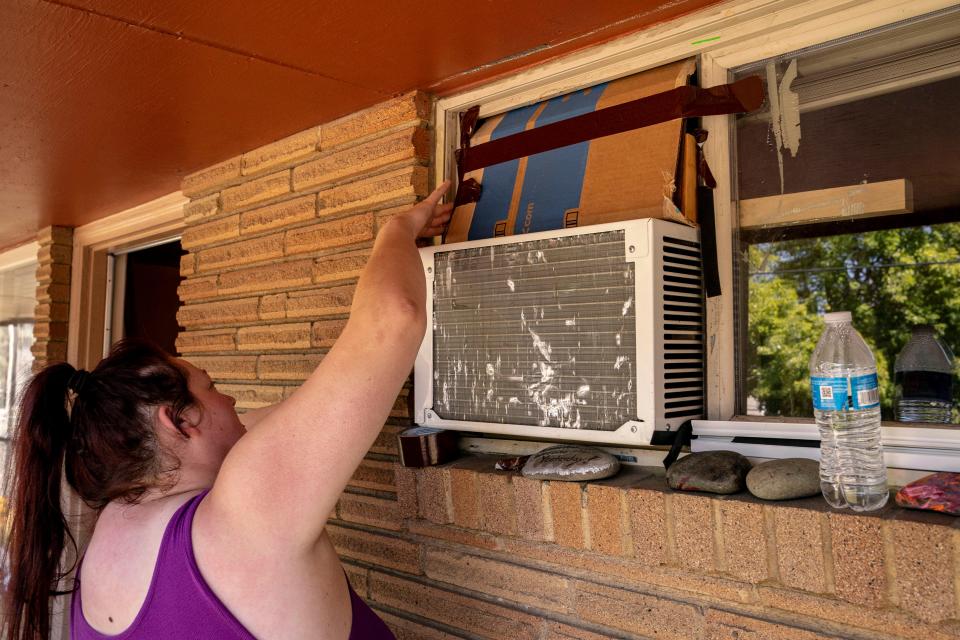
Contractors, state governments key
Experts are split on how quickly the bill's effects would be evident.
As written, the tax credits can be backdated to 2022, Bartholomy pointed out. That means homeowners who make investments or purchase appliances this year eventually could be able to recoup some of their costs.
“The joke has been, as soon as the president signs the bill, have your contractor ready to go,” Bartholomy said. “There will be a swamping of the market once people find out.”
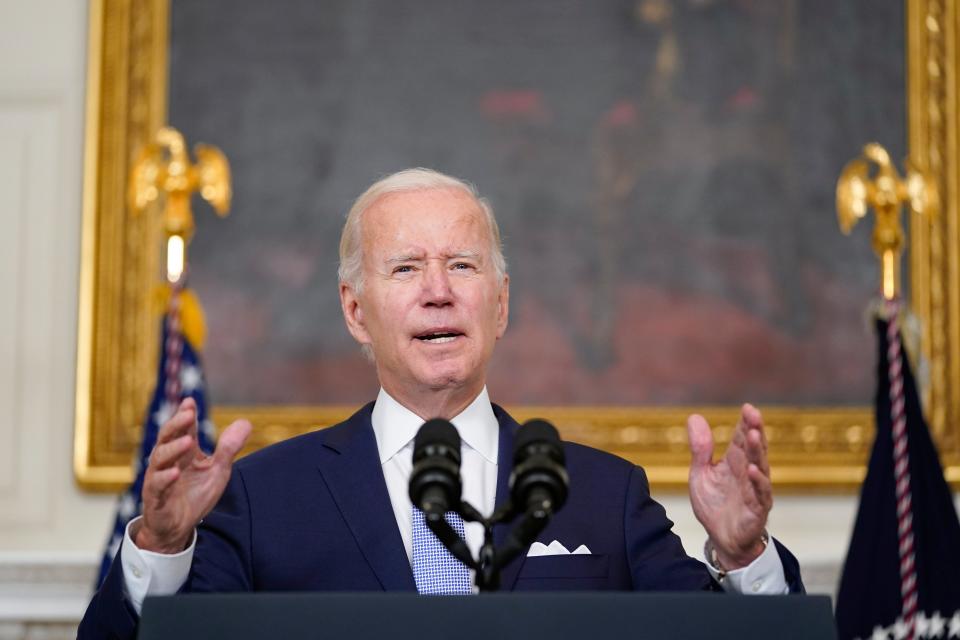
While Bartholomy has concerns about the availability of labor, others hold rosier outlooks.
Lauren Salz, CEO of Sealed, a New York City-based home renovation company, said many contractors are gravitating toward clean technologies. The company's business model is to make home weatherization and electrification convenient by inspecting homes, choosing solutions and then hiring contractors on behalf of the client.
Salz noted the bill includes more than $200 million to help train the contracting workforce, which she said is already sufficient in the company's Northeast market.
“We're not experiencing the 'great resignation,' and hopefully that won't be the case,” Salz said, referring to workforce shortages from higher-than-usual retirements or job changes. “I do think this is a space people want to work in.”

Others note that services like Sealed, along with informed contractors, will likely be crucial to residential electrification. Navigating the choices of which appliances and solutions to install, obtaining the right rebates and tax write-offs, and finding knowledgeable contractors can be an overwhelming task. Many homeowners don't think about new water heaters or HVAC units until they break and then rely on whatever models a contractor has on hand.
Bartholomy said that in addition to carrying the right inventory, contractors can make a big difference by discounting homeowners for the federal incentives upfront, then handling the paperwork for reimbursement themselves.
“No amount of a homeowner's life can be spent figuring out how to get a furnace rebate," Bartholomy said. “Contractors hold all this in their hands.”
Contractors face other challenges too, said Rob Warren, owner of Impact Solar, a home solar installation company in New Jersey. His company offers financial options for customers' convenience, and he said extending federal tax credits on solar panels until 2032 would be great.
But such incentives aren't the most important factor, Warren added. Federal credits get poured into a mix of state, utility, and municipal incentives and policies, each with the power to influence contractors and consumers. Warren said state incentives and local zoning codes also influence where he markets and prefers to work.
“Every state has its own incentives, and inside every state, there are multiple utilities,” Warren said. "Without (all the pieces), you could still probably sell, but it does become harder."
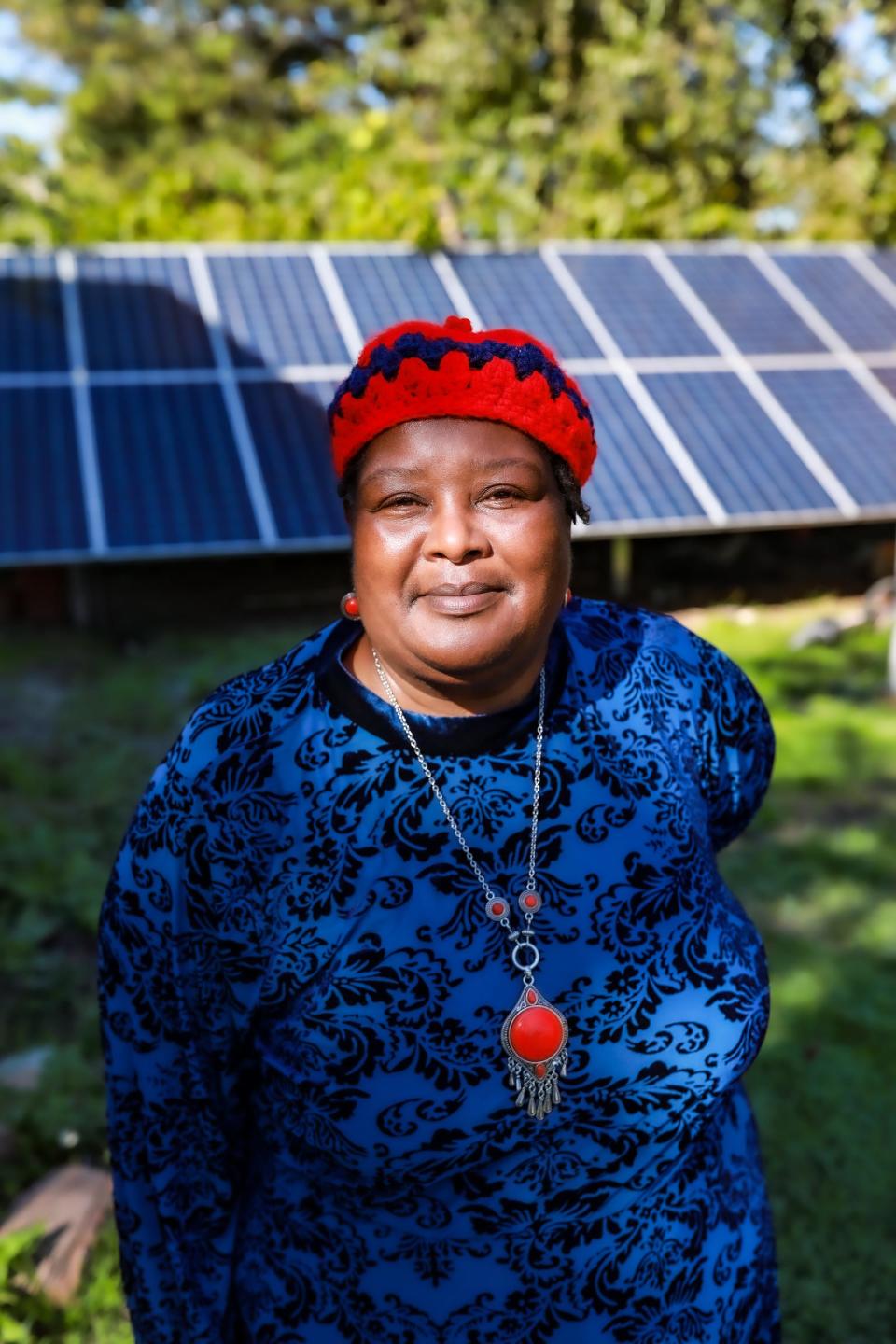
The fragmented nature of the landscape also opens the door for special interests, Bartholomy said. His group will be keeping an eye on whether gas companies and allies within state governments push policies that try to counteract electrification and keep their pipes – and money – flowing. Such dynamics could determine the ultimate success of how far the bill goes in electrifying American homes.
“Whether we meet the moment with policy and market changes at the state level will determine whether or not this amount of money is transformational," Bartholomy said. "Or just a down payment.”
Kyle Bagenstose covers climate change, chemicals, water and other environmental topics for USA TODAY. He can be reached at kbagenstose@gannett.com or on Twitter @kylebagenstose.
This article originally appeared on USA TODAY: Senate Inflation Reduction bill ties climate change to home improvement

